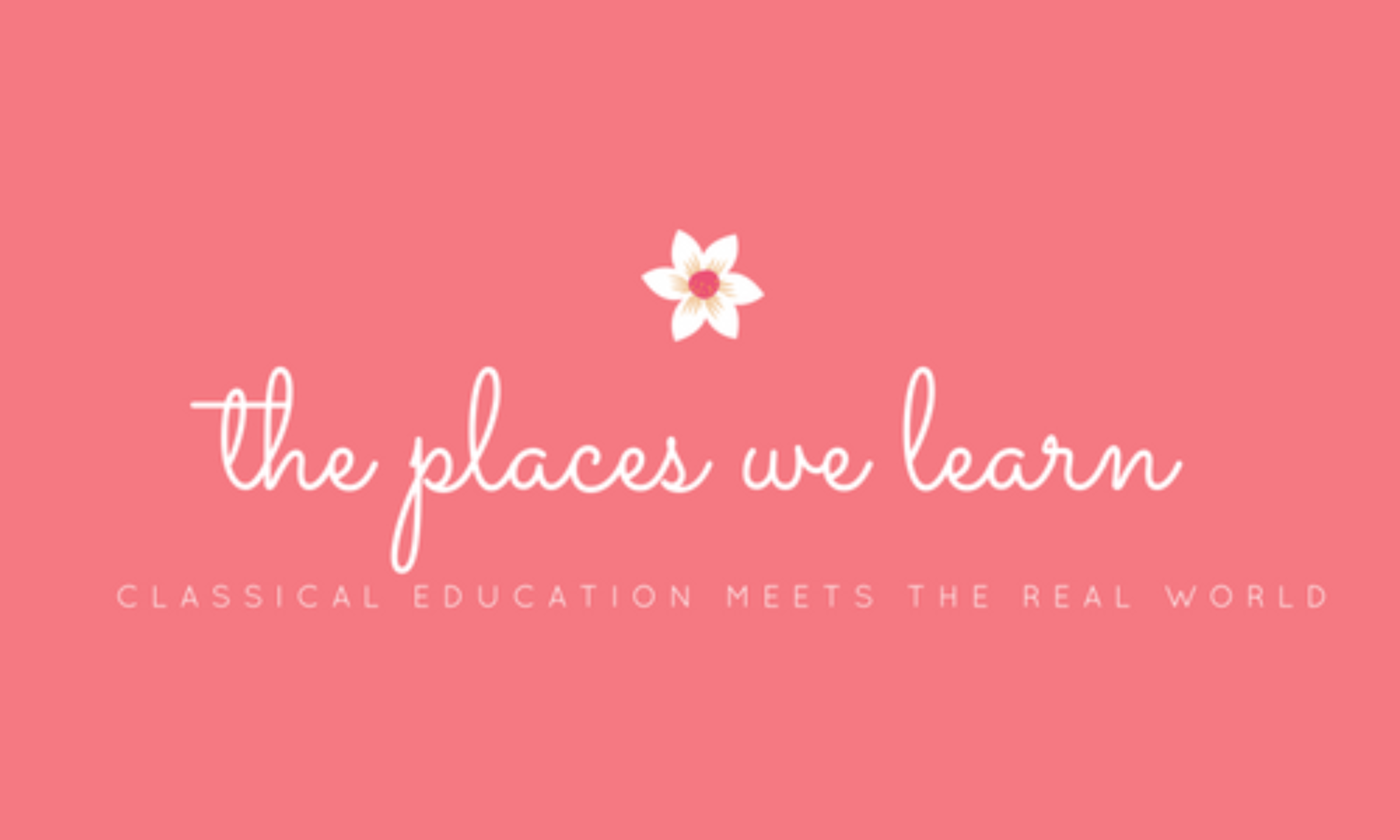
If you have a young student in your home school, someone has probably recommend that you use Teach Your Child to Read in 100 Easy Lessons. It’s a staple in most home school communities. It’s incredibly inexpensive, it’s reusable, it’s one simple book instead of complicated curriculum, and it literally holds your hand as you walk through teaching your child to read, even if you do not have the faintest idea how to get started.
Besides all that, it works. I’ve successfully taught two out of three of my children to read using that little book. The middle child told me I could try but he wasn’t going to read because he could make up far better stories on his own than anything some else put on paper. He’s still that over-confident about all his endeavors, haha. But eventually, somehow, reading clicked for him. He spells atrociously since he refused to learn his phonics, but that’s another story and another headache for another time. 100 Easy Lessons teaches children how to sound out words. It works them through hearing all the sounds and getting the word. By the end of the book, they can sound out any word that is spelled phonetically ad they’ve learned a handful of sight words that can’t be.

What 100 Easy Lessons does NOT do is dig into all of the various weird parts of the English language–the various sounds g can make; the silent k, g, and w at the beginning of some words; that wind can be pronounced two different ways and have two different meanings; and so much more. When your student graduates from 100 Easy Lessons, he will have truly accomplished something BIG and should be celebrated, but his reading lessons are far from complete.
We chose to jump from 100 Easy Lessons to The Ordinary Parent’s Guide to Teaching Reading. While I do not think it does as good of a job teaching kids to sound out words and LISTEN to themselves doing it (100 Easy Lessons is exceptional at this), it digs a lot deeper into the weirdness of the English language. My son has now worked through the different ways “ow” can sound and all the various “ough” sounds, among many, MANY other strange situations this language of ours encounters.

Both 100 Easy Lessons and The Ordinary Parent’s Guide are set up as a script so that the parent knows exactly what to say and what answer to accept from the child. They are very similar in format and each is a single book (although The Ordinary Parent’s Guide has optional add-ons, but I’ll get to that in a minute).
The lessons in The Ordinary Parent’s Guide are quick. Often we do five lessons in one sitting–less than half an hour. Many lessons offer an optional activity, usually a game that requires 3×5 index cards, so you will want to have a pack on hand. Some of them require purchasing an add-on pack. I declined to buy that since we were not using this book as our main source of reading lessons, but to round out his reading skills. If you were starting from scratch in The Ordinary Parent’s Guide, you may want to buy the whole kit but using it as follow up to 100 Easy Lessons, you can probably skip it. These activities are always optional, anyway. Most of the ones we have played have been a lot of fun and my son enjoyed them.
Of course, as your child works through The Ordinary Parent’s Guide, you should encourage him to read plenty of real books. It will boost his confidence tremendously to see how much he can read on his own outside of a reading lesson. My youngest reader was a little late on picking it up (he’s 7.5 now and 2/3 of the way through The Ordinary Parent’s Guide) so he skipped right to “big kid” books. He’s obsessed with the Dog Man series right now and got a little over confident and tried to start Percy Jackson, but realized he was in way over his head on that one, haha. The trouble with having siblings who are 6 and 8 years older than you is that you think you are a lot older than you are! I might have him try to work through the books in the back of 100 Easy Lessons that I can find at the library when we finish out The Ordinary Parent’s Guide. We’ll see.

Purchase both books on Amazon:
